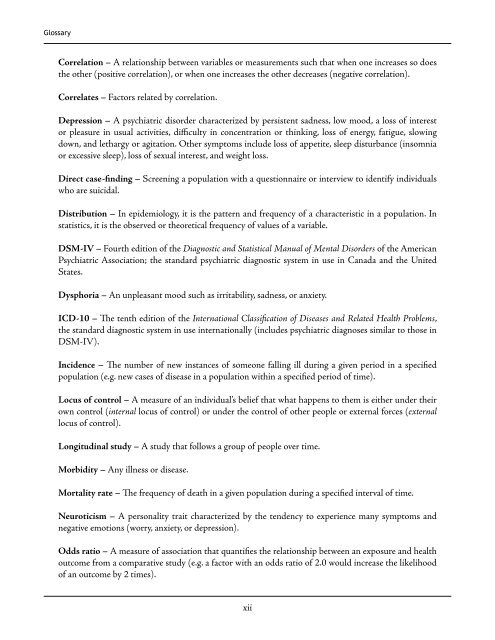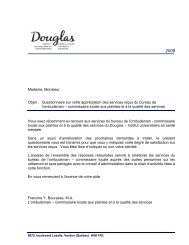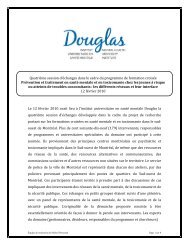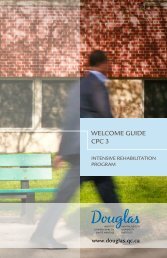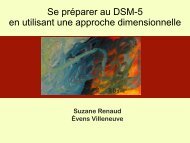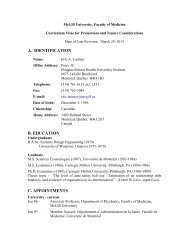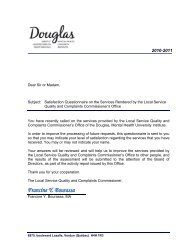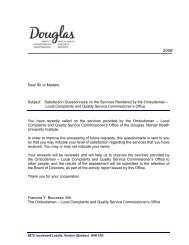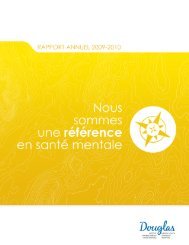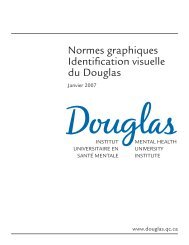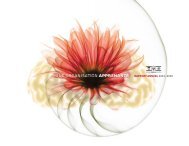Suicide Among Aboriginal People in Canada - Institut universitaire ...
Suicide Among Aboriginal People in Canada - Institut universitaire ...
Suicide Among Aboriginal People in Canada - Institut universitaire ...
Create successful ePaper yourself
Turn your PDF publications into a flip-book with our unique Google optimized e-Paper software.
GlossaryCorrelation – A relationship between variables or measurements such that when one <strong>in</strong>creases so doesthe other (positive correlation), or when one <strong>in</strong>creases the other decreases (negative correlation).Correlates – Factors related by correlation.Depression – A psychiatric disorder characterized by persistent sadness, low mood, a loss of <strong>in</strong>terestor pleasure <strong>in</strong> usual activities, difficulty <strong>in</strong> concentration or th<strong>in</strong>k<strong>in</strong>g, loss of energy, fatigue, slow<strong>in</strong>gdown, and lethargy or agitation. Other symptoms <strong>in</strong>clude loss of appetite, sleep disturbance (<strong>in</strong>somniaor excessive sleep), loss of sexual <strong>in</strong>terest, and weight loss.Direct case-f<strong>in</strong>d<strong>in</strong>g – Screen<strong>in</strong>g a population with a questionnaire or <strong>in</strong>terview to identify <strong>in</strong>dividualswho are suicidal.Distribution – In epidemiology, it is the pattern and frequency of a characteristic <strong>in</strong> a population. Instatistics, it is the observed or theoretical frequency of values of a variable.DSM-IV – Fourth edition of the Diagnostic and Statistical Manual of Mental Disorders of the AmericanPsychiatric Association; the standard psychiatric diagnostic system <strong>in</strong> use <strong>in</strong> <strong>Canada</strong> and the UnitedStates.Dysphoria – An unpleasant mood such as irritability, sadness, or anxiety.ICD-10 – The tenth edition of the International Classification of Diseases and Related Health Problems,the standard diagnostic system <strong>in</strong> use <strong>in</strong>ternationally (<strong>in</strong>cludes psychiatric diagnoses similar to those <strong>in</strong>DSM-IV).Incidence – The number of new <strong>in</strong>stances of someone fall<strong>in</strong>g ill dur<strong>in</strong>g a given period <strong>in</strong> a specifiedpopulation (e.g. new cases of disease <strong>in</strong> a population with<strong>in</strong> a specified period of time).Locus of control – A measure of an <strong>in</strong>dividual’s belief that what happens to them is either under theirown control (<strong>in</strong>ternal locus of control) or under the control of other people or external forces (externallocus of control).Longitud<strong>in</strong>al study – A study that follows a group of people over time.Morbidity – Any illness or disease.Mortality rate – The frequency of death <strong>in</strong> a given population dur<strong>in</strong>g a specified <strong>in</strong>terval of time.Neuroticism – A personality trait characterized by the tendency to experience many symptoms andnegative emotions (worry, anxiety, or depression).Odds ratio – A measure of association that quantifies the relationship between an exposure and healthoutcome from a comparative study (e.g. a factor with an odds ratio of 2.0 would <strong>in</strong>crease the likelihoodof an outcome by 2 times).xii


